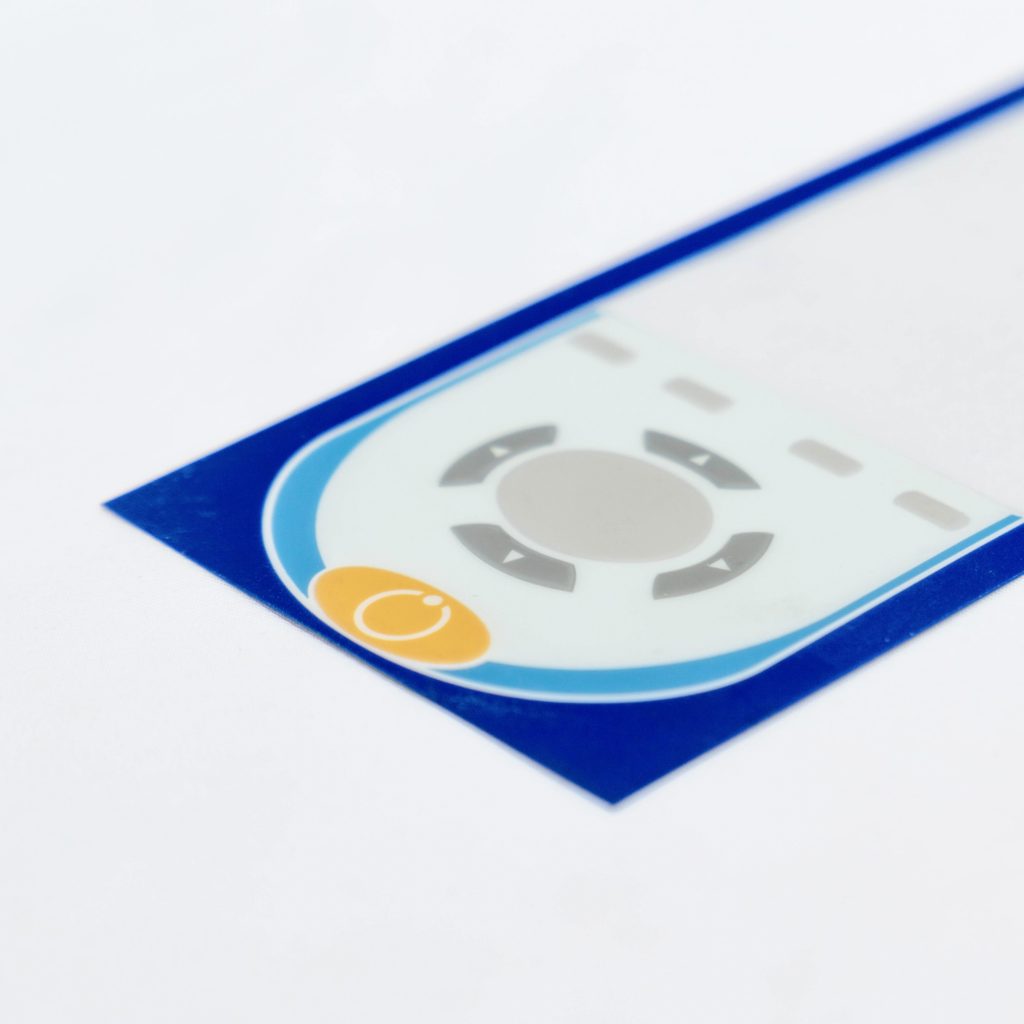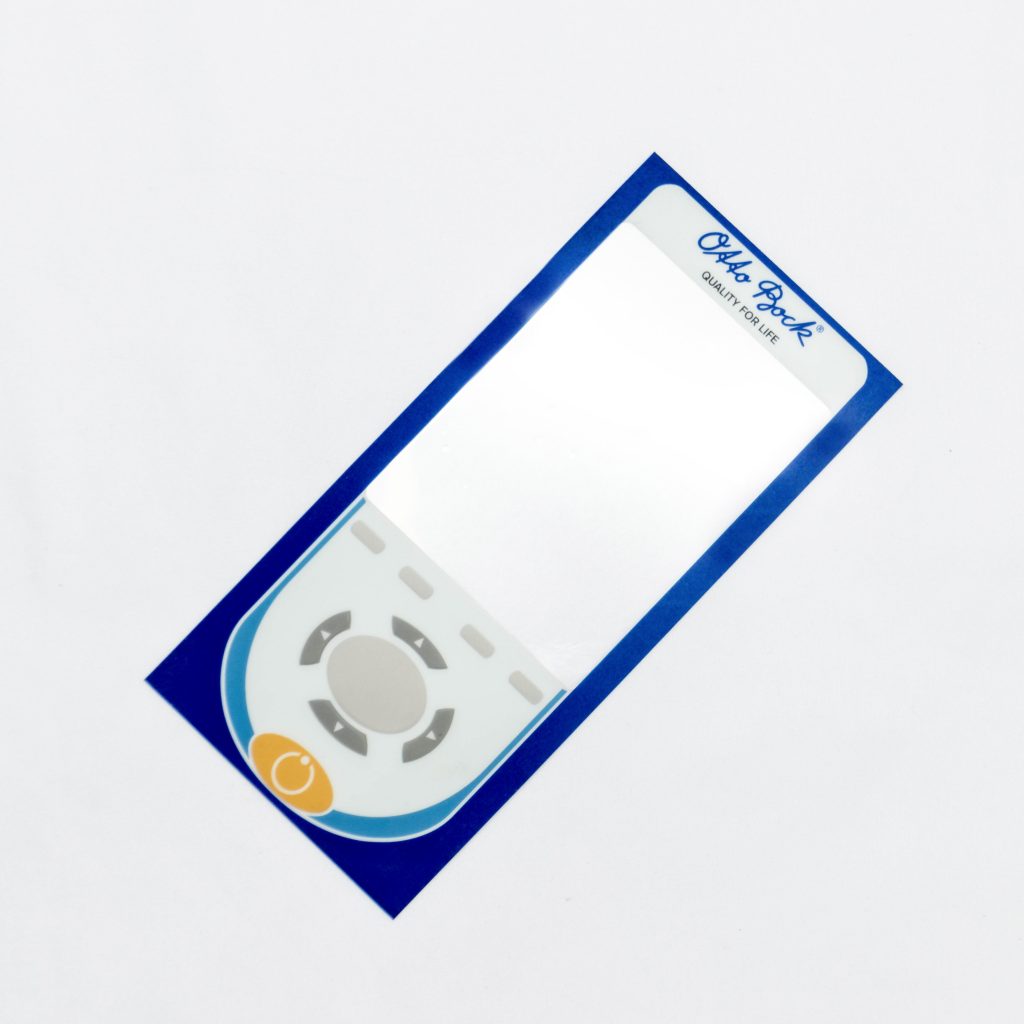Contact
Write to Us And We Would Be Happy to Advise You.
Do you have any questions, or would you like to speak directly with a representative?
By hqt
In the world of membrane switches, ink composition and ink performance play a crucial role in the overall functionality and durability of the switch. Membrane switches are widely used in various industries, including electronics, medical devices, and automotive applications. They provide a reliable and user-friendly interface for controlling electronic devices. Understanding how the ink composition and ink performance affect the membrane switch is essential for designing high-quality and long-lasting products. This article delves into the intricate relationship between ink composition, ink performance, and the membrane switch.


The ink composition used in a membrane switch greatly influences its performance and longevity. Various factors, such as viscosity, adhesion, and flexibility, are affected by the ink composition. Let’s explore these factors in detail:
Viscosity: A Crucial Factor
Viscosity refers to the thickness or resistance to flow of the ink. The viscosity of the ink affects the printing process and the overall quality of the membrane switch. If the ink’s viscosity is too high, it may lead to incomplete printing or uneven distribution of ink on the switch’s surface. On the other hand, if the viscosity is too low, it may cause smearing or bleeding of the ink. Therefore, it is essential to maintain the right viscosity to ensure optimal printing results.
Adhesion: Ensuring Longevity
Adhesion is the ink’s ability to bond with the membrane switch’s surface. It determines how well the ink adheres to the substrate and withstands environmental factors, such as temperature variations and moisture. Proper adhesion is vital for the longevity of the membrane switch. If the ink has poor adhesion, it may peel off or fade over time, compromising the switch’s functionality and aesthetics.
Flexibility: Durability Matters
Flexibility is another crucial aspect influenced by ink composition. The ink must possess the right level of flexibility to withstand repeated presses and bending without cracking or losing adhesion. A flexible ink ensures the membrane switch can endure the demands of daily use without compromising its performance. It also enhances the switch’s resistance to mechanical stress and improves its overall durability.
Apart from ink composition, ink performance is equally important in determining the quality and functionality of a membrane switch. Here are some key factors influenced by ink performance:
Conductivity: Enabling Electrical Connectivity
Ink performance plays a significant role in ensuring electrical conductivity in a membrane switch. Conductive inks are used to create circuit paths and connect different elements of the switch. These inks contain conductive materials, such as silver or carbon particles, which enable the flow of electrical signals. The ink’s conductivity should be optimized to provide reliable and uninterrupted connectivity within the switch.
Resistance: Protecting Against Wear and Tear
The ink used in a membrane switch must exhibit high resistance to abrasion and wear. As users interact with the switch through pressing or swiping actions, the ink should withstand these mechanical stresses without fading or degrading. Resistance to chemicals, UV radiation, and other external factors is also crucial to ensure the switch’s longevity and performance.
Color Vibrancy: Aesthetics Matter
While functionality is essential, the aesthetics of a membrane switch should not be overlooked. Ink performance affects the color vibrancy and visual appeal of the switch. The ink must maintain its original color and resist fading over time. By choosing high-quality inks with excellent color retention properties, manufacturers can create visually appealing membrane switches that are pleasing to the eye.
Q: Can ink composition affect the switch’s resistance to environmental factors?
Yes, ink composition significantly influences the switch’s resistance to environmental factors. By using inks with appropriate additives and properties, manufacturers can enhance the switch’s ability to withstand temperature fluctuations, moisture, and other environmental challenges.
Q: How can ink performance impact the switch’s tactile feedback?
Ink performance can influence the switch’s tactile feedback by affecting the smoothness or texture of the ink’s surface. By selecting inks that provide the desired tactile experience, manufacturers can optimize the switch’s usability and user satisfaction.
Q: Are there any eco-friendly ink options available for membrane switches?
Yes, eco-friendly ink options are available for membrane switches. Manufacturers can opt for environmentally friendly inks that comply with regulations and reduce the impact on the environment without compromising the switch’s performance.
Q: Can the ink composition affect the switch’s resistance to cleaning agents?
Yes, ink composition plays a crucial role in the switch’s resistance to cleaning agents. By using inks that are compatible with specific cleaning solutions, manufacturers can ensure that the switch can be effectively cleaned without damaging the printed graphics or functionality.
Q: Does ink composition affect the switch’s resistance to UV radiation?
Yes, ink composition can impact the switch’s resistance to UV radiation. By using UV-resistant inks, manufacturers can enhance the switch’s durability and prevent color fading or degradation when exposed to sunlight or other UV sources.
Q: Can ink performance affect the switch’s ability to withstand extreme temperatures?
Yes, ink performance can affect the switch’s ability to withstand extreme temperatures. Inks with excellent temperature resistance properties can ensure that the switch functions reliably even in challenging environmental conditions.
Ink composition and ink performance play crucial roles in the functionality, durability, and aesthetics of membrane switches. The right ink composition ensures optimal viscosity, adhesion, and flexibility, while ink performance determines conductivity, resistance, and color vibrancy. By carefully selecting high-quality inks and understanding their impact on the membrane switch, manufacturers can create reliable and long-lasting products that meet the needs of various industries. Remember, choosing the right ink is essential for a successful membrane switch.
Do you have any questions, or would you like to speak directly with a representative?